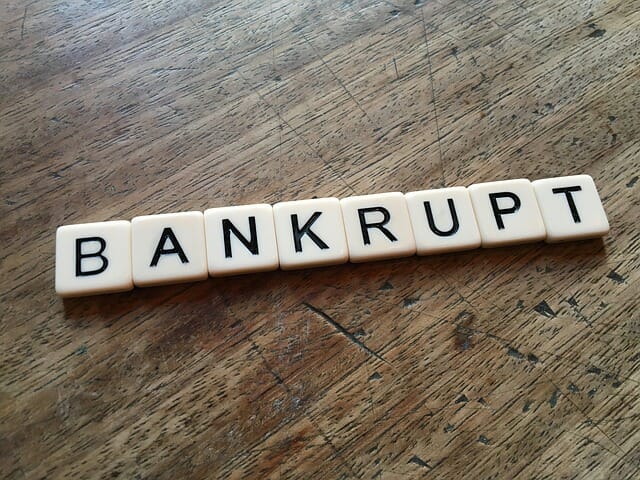The recent bank bankruptcies and decoupling of stablecoins raise questions about the stability of stablecoins and their reliance on the banking system. The lack of oversight and support for stablecoins has been a point of concern for many, and regulators have been prompted to take a closer look at stablecoins, as well as at the role of banks in their operation.
Banks are collapsing at an alarming rate, causing investors and stakeholders to question the stability of stablecoins. First, Silvergate failed, and now, SVB, which held $3.3 billion of Circle’s (the USDC issuer) funds, has been shut down and taken over by the FDIC.
This news caused the USDC peg to drop to a recent low of $0.869 on the Kraken exchange. A contagion soon followed, resulting in the decoupling of Dai (DAI), TrueUSD (TUSD), Frax (FRAX), and Pax Dollar (USDP). Consequently, the USDT price rose to a high of $1.06, suggesting a move of money toward the stronger stablecoin.
The SVB Collapse: A Wake-up Call for Stablecoins
The collapse of SVB, followed by the decoupling of these coins, has raised questions about the stability of stablecoins and their reliance on the banking system. Bank failures have caused widespread panic and confusion among investors, regulators, and the broader market. The collapse of SVB was particularly worrying, as it held a significant amount of Circle’s funds, which made up a large part of USDC’s supply.
The impact of the SVB drag on USDC stability was significant. USDC is designed to be pegged 1:1 to the US dollar, which means that for every USDC token issued, there must be an equivalent amount of US dollars in reserve. However, the collapse of SVB meant that $3.3bn of Circle funds, which were held by SVB, became inaccessible, putting USDC peg at risk.
Stablecoins in Crisis: The Need for Transparency and Regulation
The unpegging of USDC and other currencies that followed the collapse of SVB highlighted both their fragility and their reliance on the stability of the banking system.
Circle’s announcement that they would support any USDC stablecoin supply shortfalls is reassuring, but also raises questions about the extent of their responsibility, as well as about the measures they have in place to ensure USDC’s stability.
Stablecoin Regulation: A Call for Greater Oversight
The SVB collapse has also reignited the debate about the role of regulators in overseeing stablecoins. Treasury Secretary Janet Yellen mentioned her support for SVB but did not mention a bailout.
The lack of regulatory oversight and support for stablecoins has been a point of concern for many in the industry, and this incident may prompt regulators to take a closer look at stablecoin stability and the role of banks in its operation.
To conclude, the cryptocurrency industry and government regulators must work together to bring stability to the stablecoin market. Among the recommendations to make this possible, the following stand out: (a) strengthen regulatory supervision; (b) improve banking infrastructure; (c) develop contingency plans; (d) educate the public and investors; and (e) guarantee viability in the cryptocurrency market.
By Audy Castaneda











